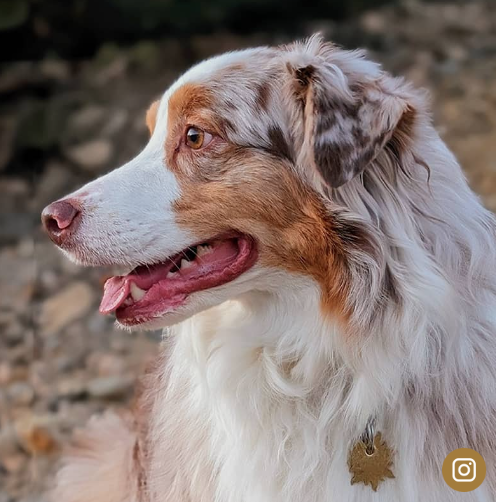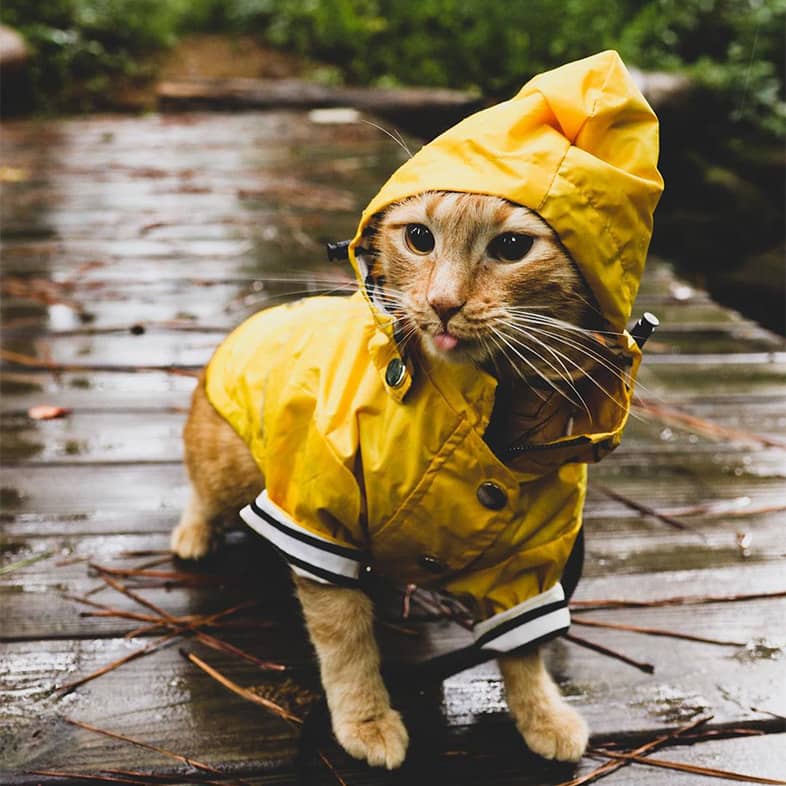Support
Recipe Recommendations For Puppy Owners Health and Nutrition Tips All Dog Articles Personalized Feeding GuideVirtual Pet Park
Explore our wild world of adorable pet photos and videos.
Support
Recipe Recommendations Health and Nutrition Tips All Cat Articles Personalized Feeding GuideVirtual Pet Park
Explore our wild world of adorable pet photos and videos.
Back
FOR DOGS
Back
Support
Back
FOR CATS
Back
Support
Back
WHY TASTE OF THE WILD
Articles
Search Articles
OR
Select a Topic
All Articles
Health
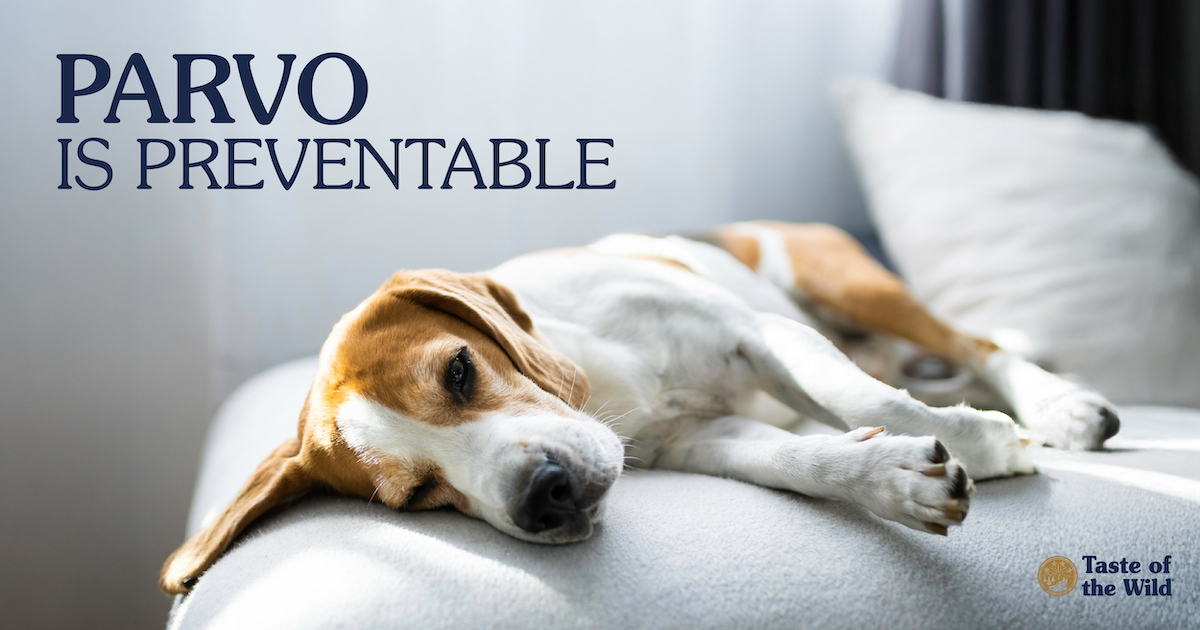
What Is Parvo in Dogs? Causes, Symptoms and Treatment
Read Article
Can My Dog Eat That
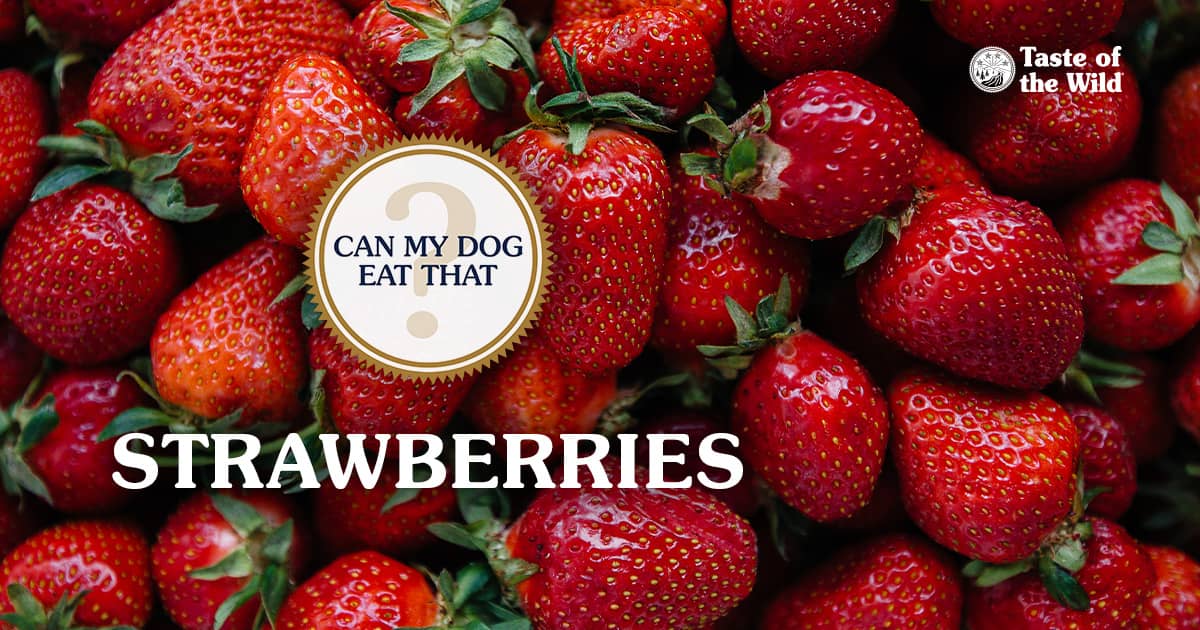
Can My Dog Eat That? Strawberries
Read Article
Behind the Breed
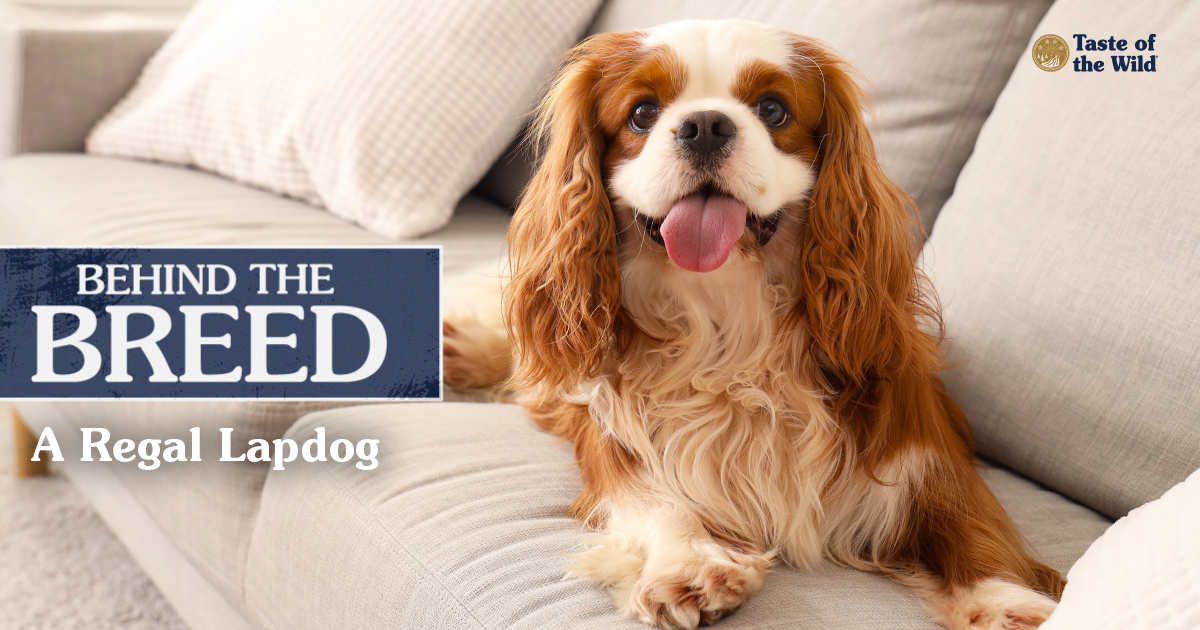
Behind the Breed: Cavalier King Charles Spaniel
Read Article
Health
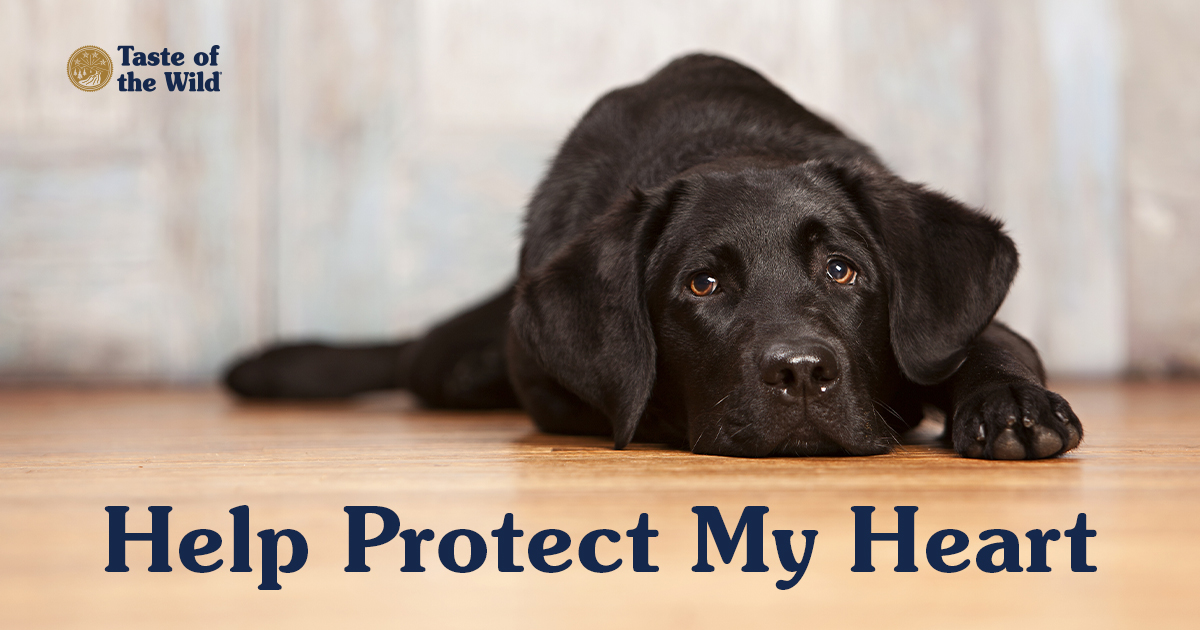
Heartworm Prevention for Dogs: Symptoms and Treatment
Read Article
Can My Dog Eat That

Can My Dog Eat That? Coconuts
Read Article
Behind the Breed
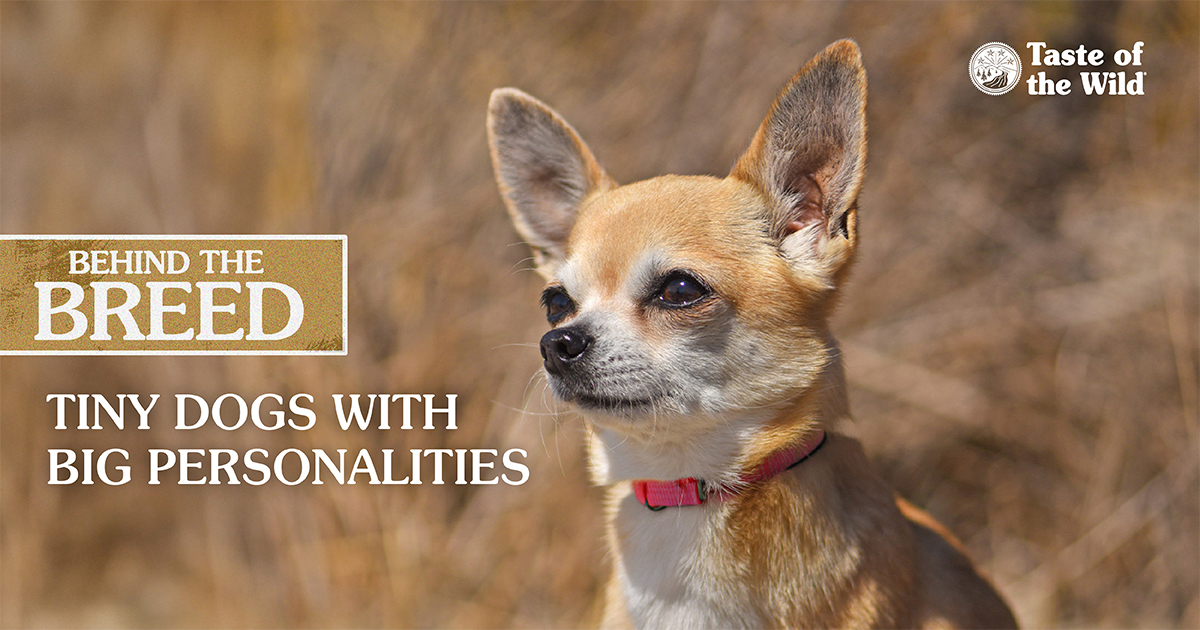
Behind the Breed: Chihuahua
Read Article
Behind the Breed
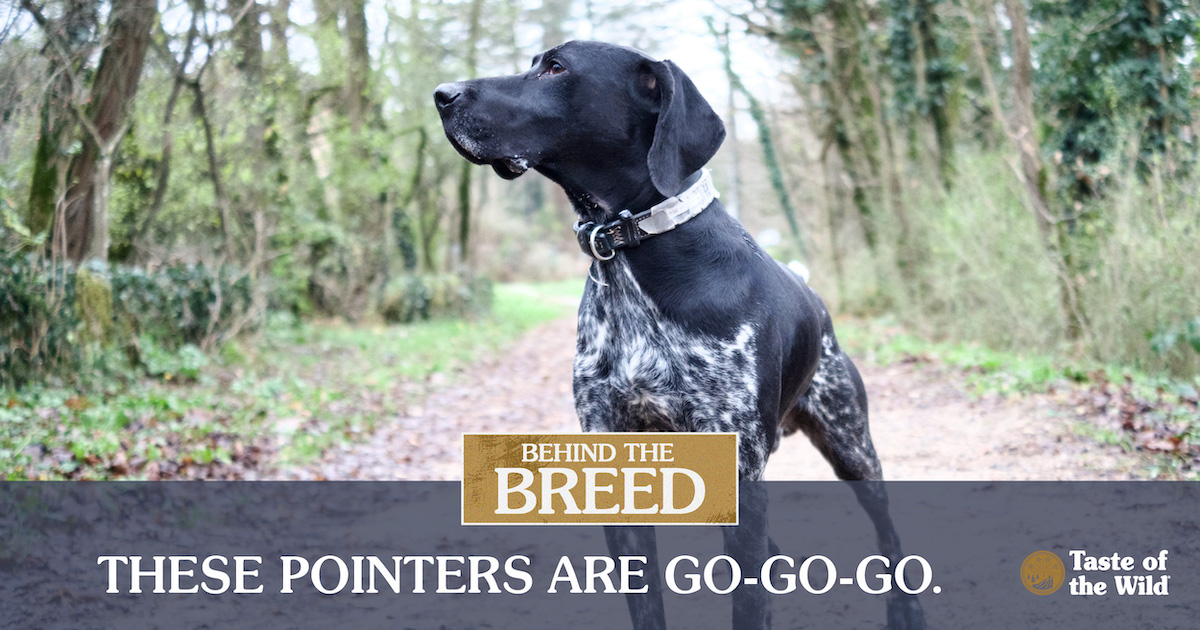
Behind the Breed: German Shorthaired Pointer
Read Article
Can My Dog Eat That
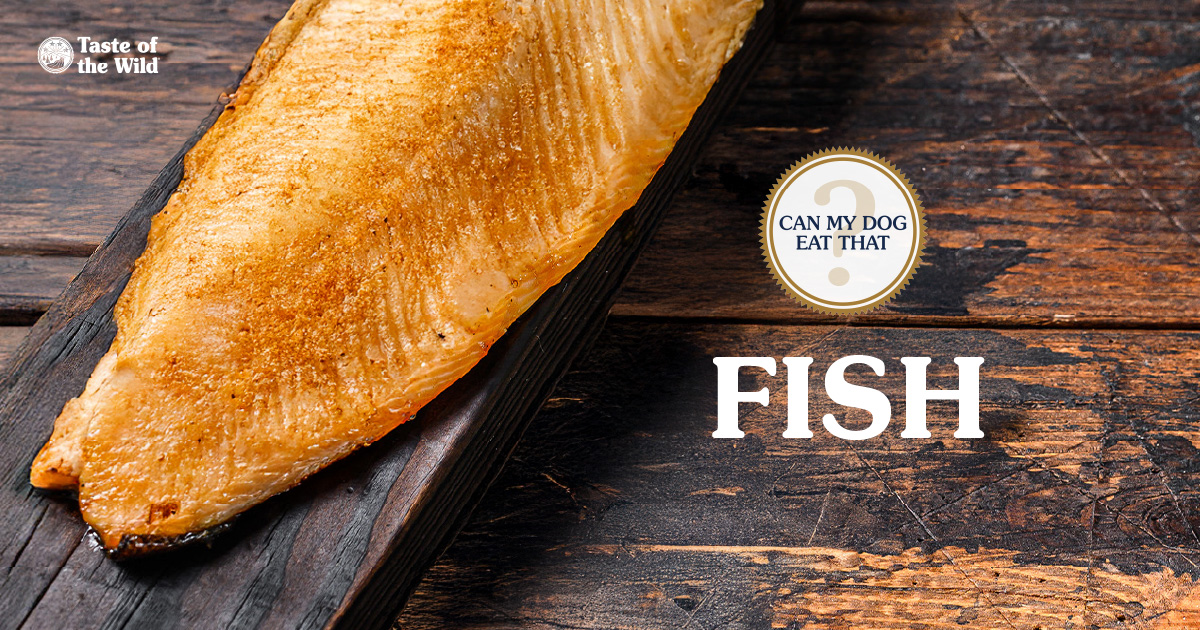
Can My Dog Eat That? Fish
Read Article
Health
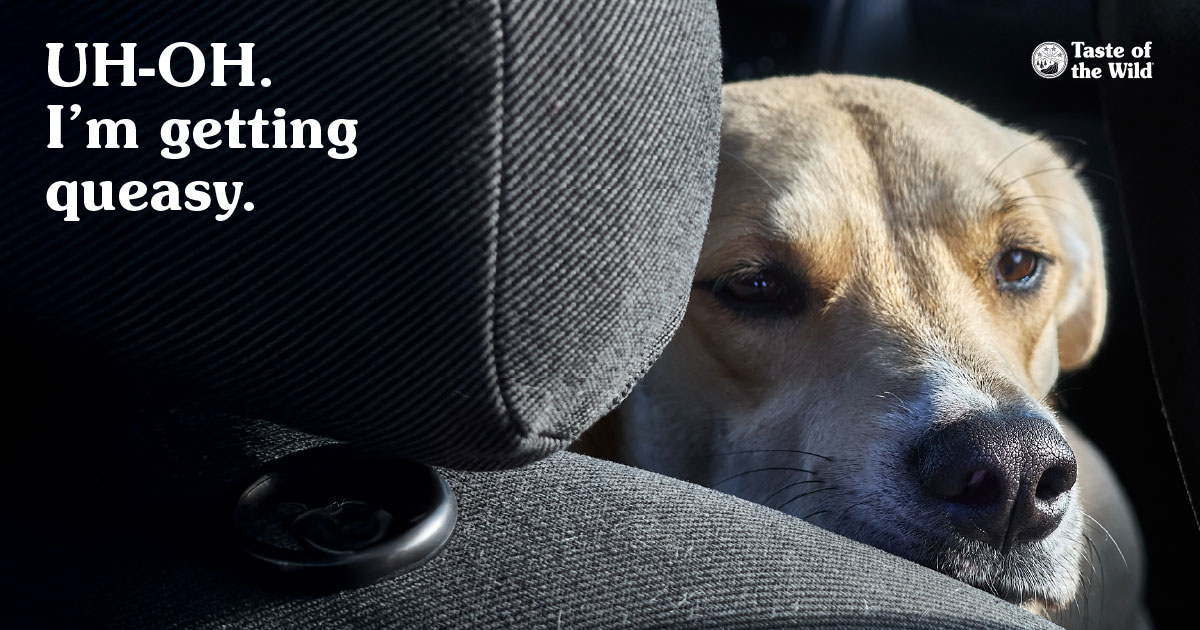
Dog Car Sickness: Signs, Symptoms & Prevention
Read Article
Can My Dog Eat That
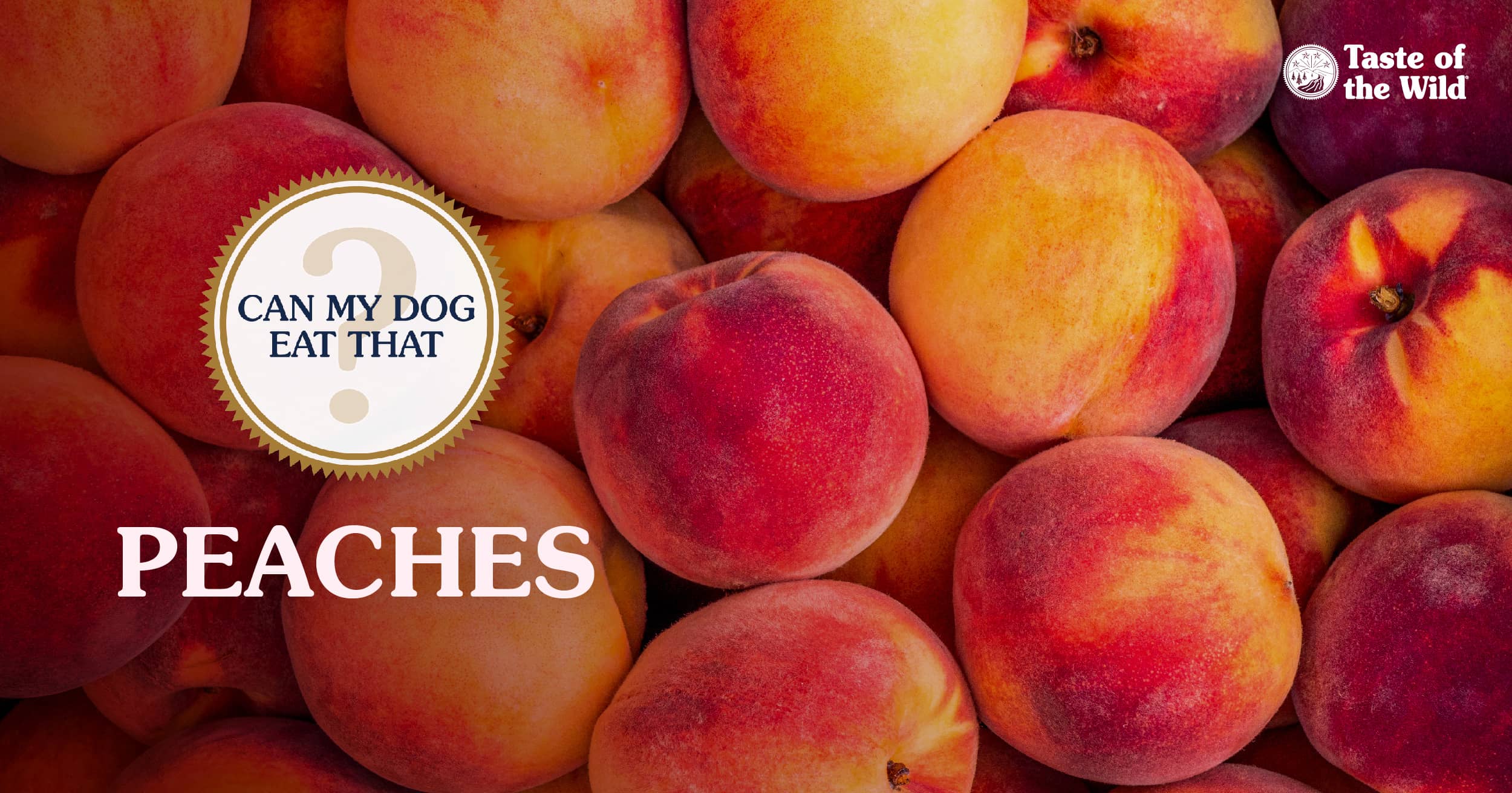
Can My Dog Eat That? Peaches
Read Article
Behind the Breed
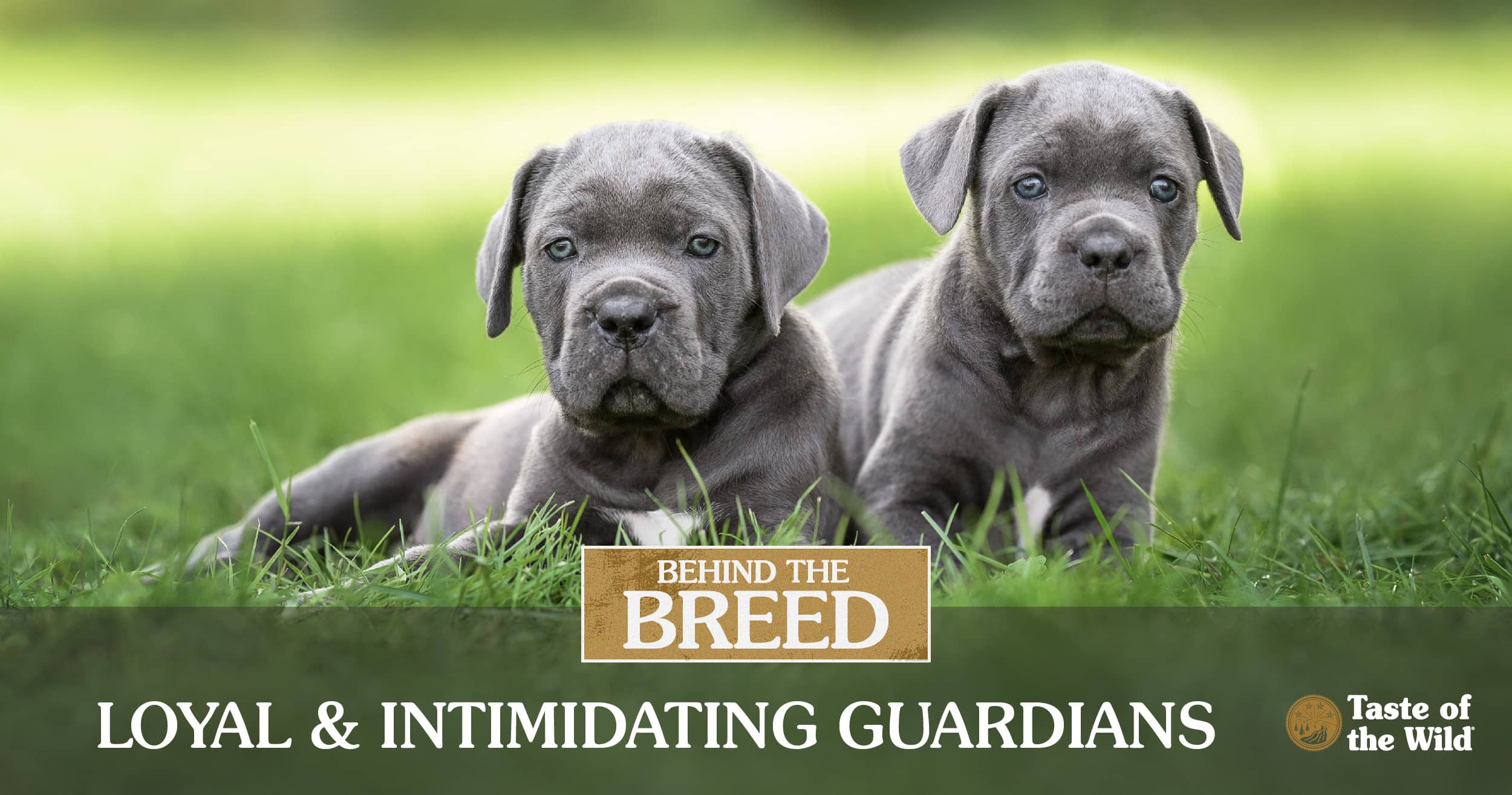
Behind the Breed: Cane Corso
Read Article
Can My Dog Eat That

Can My Dog Eat That? Cat Food
Read Article
Can My Dog Eat That
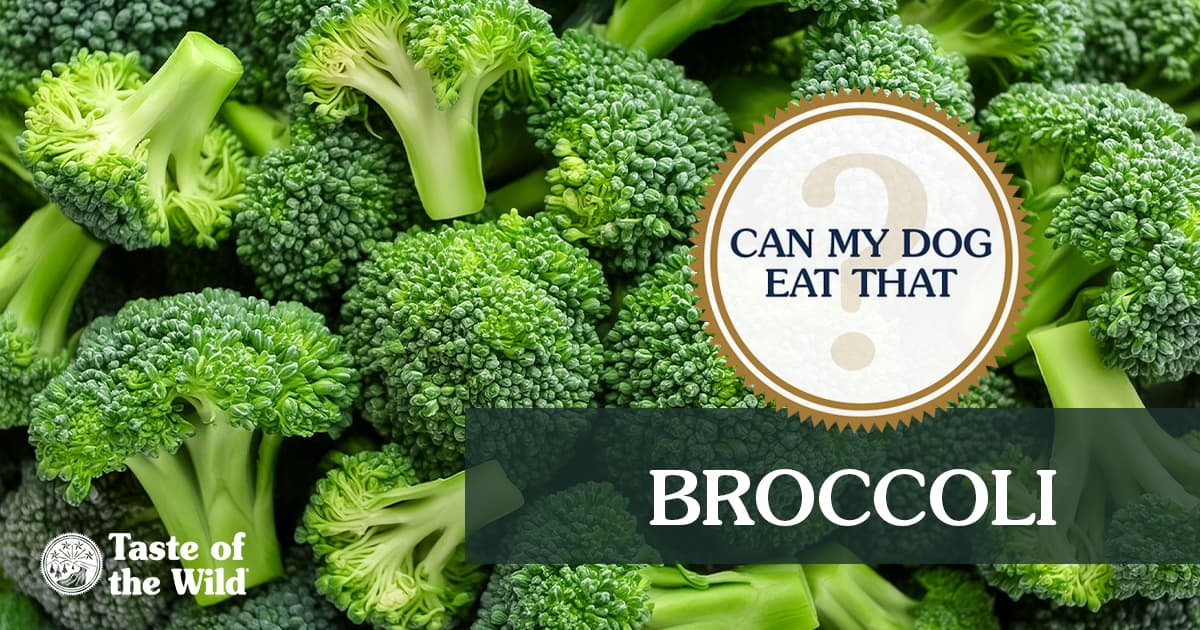
Can My Dog Eat That? Broccoli
Read Article
Ready for Adventure?
Ready to help your pet experience Taste of the Wild but aren’t sure where to start? We can help. The links below can help you determine which path is best for your pet.
